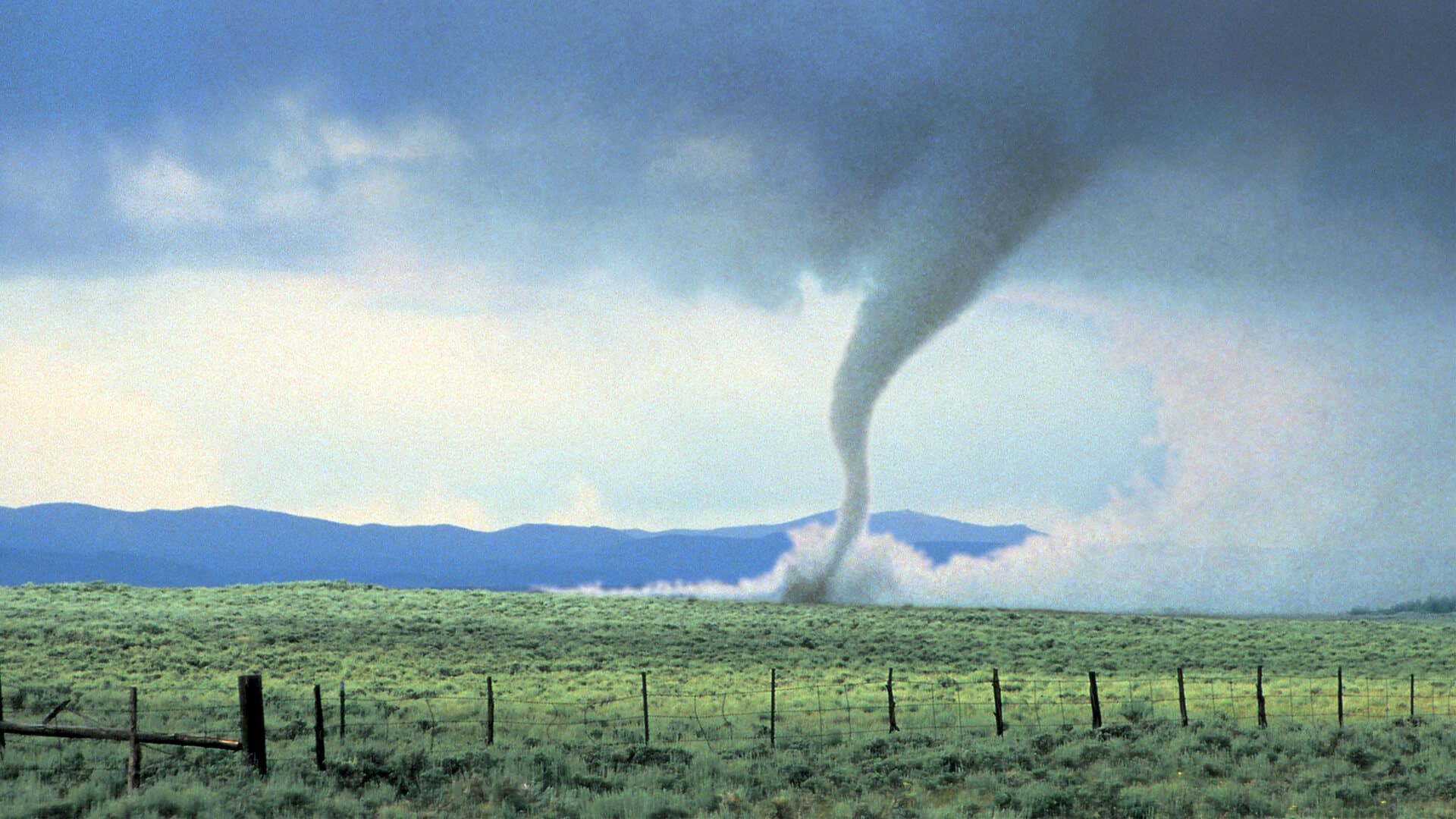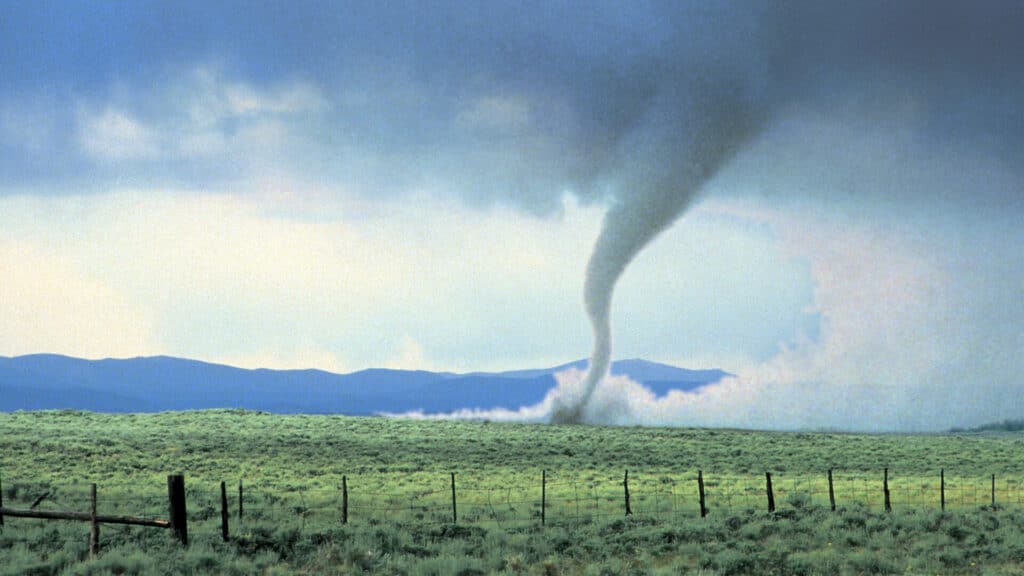If you live in the Southeast or Midwest U.S., you might have noticed—or more accurately, heard—a rather noisy gathering of late. No, it’s not your neighbors hosting a backyard barbecue. It’s something far more spectacular and, frankly, louder. The periodical cicadas are back in town, and this year, they’re having a double brood reunion!
A Historical Meetup
Across nearly 20 states, from Oklahoma up to Wisconsin over to North Carolina, trillions of these buzzing critters have decided to surface in what’s being termed a rare “double brood” event. According to the University of Connecticut’s Biodiversity Research Collections, the last time the 13-year Brood XIX and the 17-year Brood XIII emerged together was in 1803, when Thomas Jefferson was president. They won’t make their joint appearance again until 2245, so it’s now or never to witness this noisy spectacle!
Why Now?
The key to their timely arrival is soil temperature. Cicadas are quite the meteorologists; they only pop up when the soil about eight inches below ground hits a cozy 64 degrees Fahrenheit. This usually happens between April and June, making spring their peak rave season. This year, the conditions were just right in April, and the cicadas wasted no time making their grand entrance.
Tracking the Buzz
Thanks to apps like Cicada Safari, developed by Dr. Gene Kritsky at Mount St. Joseph University, cicada enthusiasts (and the merely curious) can pinpoint exactly where the action is hottest. Brood XIX has already taken over several states in both the Midwest and Southeast, with sightings reported from Alabama to Virginia. Meanwhile, Brood XIII is making waves in the cooler climes of Wisconsin and Illinois, particularly around the bustling hubs of Chicago, Peoria, and Champaign.
What’s All the Racket?
Now, about that noise—there’s a method to their madness. Male cicadas are the musicians of the insect world, orchestrating songs to attract mates and ward off rivals. These songs aren’t just any old chirp; they’re loud, synchronized productions meant to be heard over vast areas. And with the sheer number of cicadas singing in unison, it’s no wonder it sounds like a rock concert out there.
A Short, Sweet Life Above Ground
Despite their dramatic entrance, cicadas don’t stick around for long. After mating, they only live above ground for about three to six weeks. So, by June, most of this year’s performers will have taken their final bow. But fear not, the next generation, currently in nymph form, is already growing underground, biding their time until their own debut in a few years.
So, if you’re within earshot of this natural phenomenon, take a moment to appreciate the cicada’s brief but vibrant celebration of life. It’s a remarkable natural cycle that connects us to the rhythm of the earth itself. These periodic cicada events are more than just a noisy curiosity; they reshape forest ecosystems in profound ways. Next time you’re walking through the woods, think about the dramatic, hidden influences at play—from a bird’s opportunistic feast to the quiet growth of caterpillars—all sparked by one of nature’s most unusual bugs.











